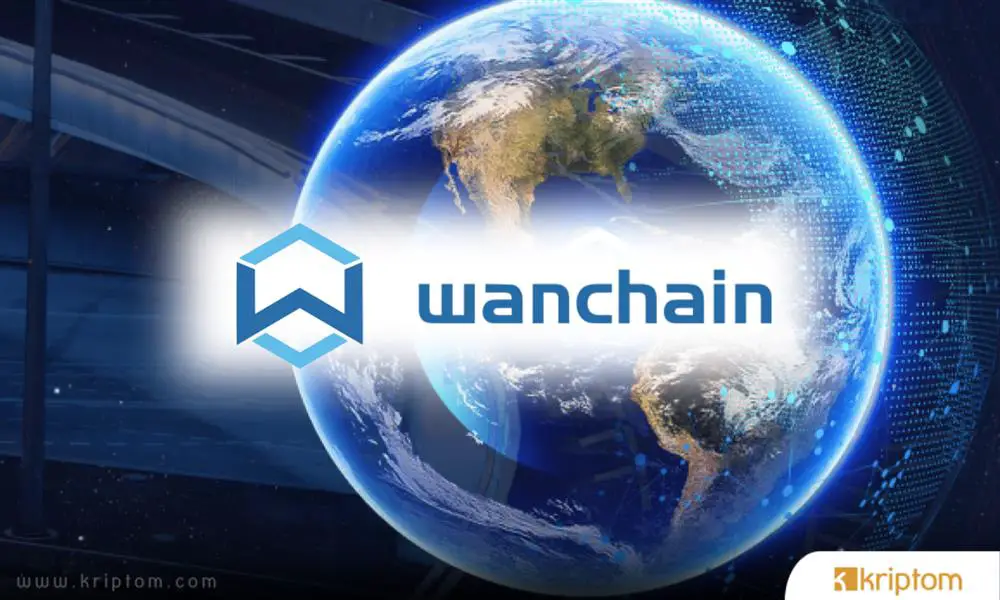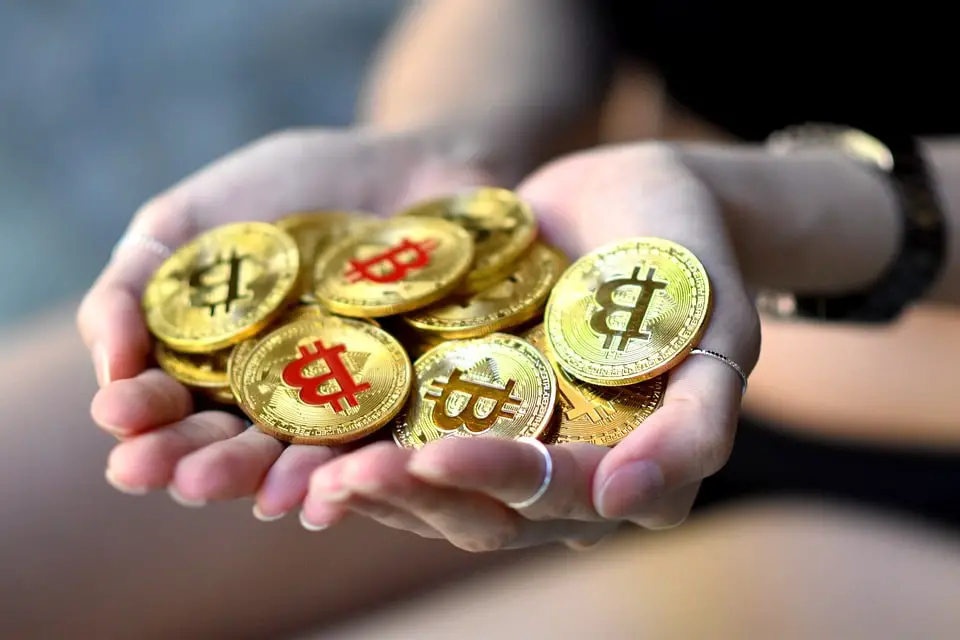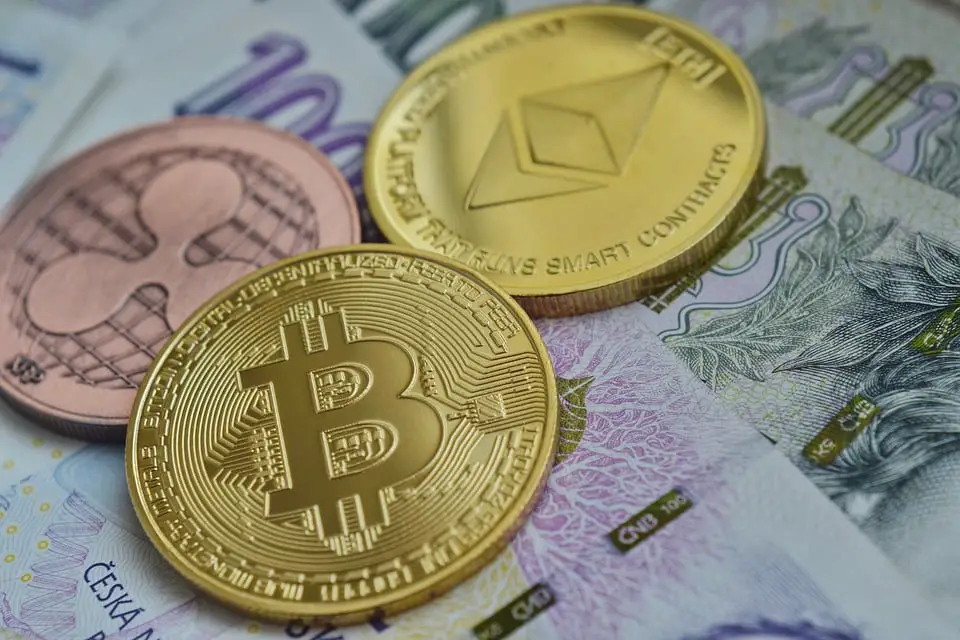In this article, What is Wanchain (WAN)? We will answer the question and provide detailed information about the project.
Wanchain (WAN) Nedir?
Wanchain is creating a new digital asset financial market by implementing cross-chain transfers between different blockchains. With the number of various coins, tokens and blockchains currently in the ecosystem, there is currently no efficient and decentralized way to exchange value between them. As an independent blockchain, Wanchain connects the accounts of independent chains together to provide a framework for exchanging these assets.
The platform is not just for currency transfers. You can use Wanchain to build numerous financial applications, among other things, through smart contracts, privacy protection protocols, and the native Wancoin (WAN) token.
How Does Wanchain Work?
Although Wanchain is forked from Ethereum, it is a completely separate blockchain and Wancoin (WAN) is not an ERC20 token. There are many parts of the platform, but the cross-chain communication protocol is the backbone behind them all.
Cross Chain Communication Protocol
The cross-chain communication protocol provides a way to transfer data between Wanchain and other chains. The protocol has three functional modules:
Registration module: Records the chain from which a transaction originated and the transferred asset
Cross-chain transaction data transfer module: Initiates cross-chain transaction request to Wanchain, confirms whether the validator node is successful, and facilitates legal transaction from validator node to original chain.
Transaction status query module: Monitors the status of the transaction
Basically, the cross-chain communication protocol makes use of smart contracts to allow you to exchange assets with Wanchain and vice versa.
Verification Node Consensus Algorithm
Wanchain will follow Ethereum as it moves towards the Proof-of-Stake (PoS) consensus algorithm. The platform will likely also implement solutions such as Plasma and Raiden Network. Based on PoS, there are three types of authentication nodes that protect the public network and split transaction fees:
Coupons: cross-chain proof-of-transaction nodes
Validators: public authentication nodes
Storemen: locked account management nodes
Coupons receive a security deposit from the transaction fee. In return, they provide proof of the transaction between the original account and the Wanchain locked account. If this proof is false, it will be taken from the deposit holding account and the Voucher can no longer authorize transactions.
Validators save transaction data on Wanchain’s blockchain for a fraction of the transaction fee.
Store attendants must stay online and maintain their own key shares (more on that below) in order to receive their share of the fee.
If you don’t have enough WANs to run a validation node, you can still run a public node. As a public node, you do not directly validate transactions. Instead, you entrust your share to a verification node that distributes some of the transaction fees back to you.
What is Wancoin (WAN) Token?
Wancoin (WAN) is Wanchain’s native token. Transactions consume a certain amount of WAN and you have to pay a WAN security deposit to cross-chain verification nodes while making transactions.
The team sold 107.1 million tokens during their ICO to reach just over 120,000 ETH. These tokens make up 51% of the supply. The team uses ICO funds in the following way:
60 percent: Research and development
10 percent: Community development
10 percent: Marketing
10 percent: Infrastructure
10 percent: daily transactions
To get the latest news To our Telegram channel, To our Twitter page and To our Facebook page You can subscribe.















